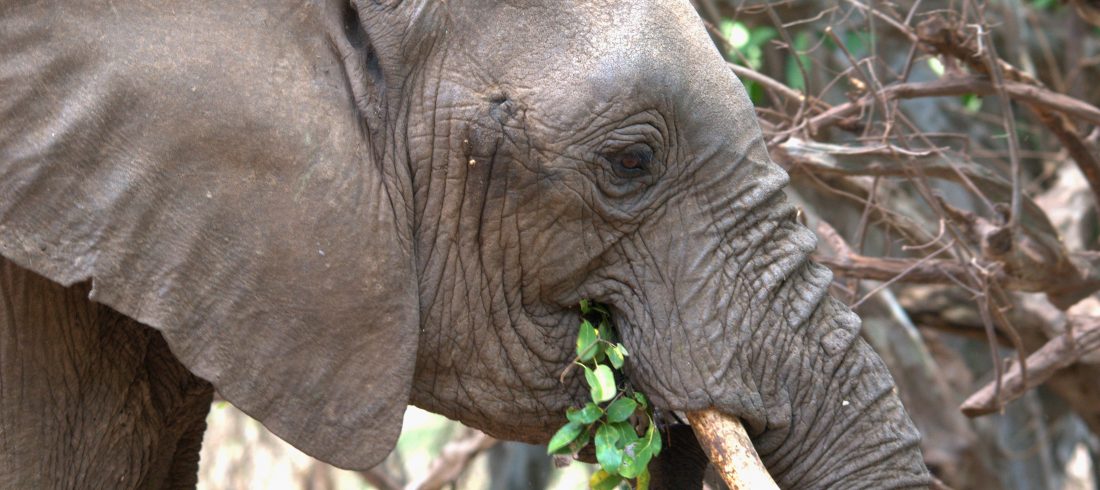
Imagine the sight of seven mature female lions, each and every one resting in the same three after the long night hunting for food. This is one of the marvellous memories you can take back home after visiting this small, but wildlife rich park at the edge of the Great Rift Valley.
This national park is special because of: Rift Valley (wiki), the tree climbing lions, baboons, blue monkey, the alkaline lake and the dark coloured giraffes.
You can easily combine Lake Manyara National Park with: Serengeti, Ngorongoro, Arusha, Tarangire and Mkomazi.
“The loveliest I had seen in Africa”, was said by Ernest Hemingway, after visiting the scenic gem Lake Manyara, which is stretching for 50km along the base of the rusty-gold 600 metre high Rift Valley escarpment.
Maybe the short, but full of animals and birdlife, game viewing circuits of Lake Manyara could be described as an introduction of what to expect from your wildlife adventure in Tanzania.
You, as many others who really explore this small, but intimate park, will be surprised by how really wonderful experience it gives you.
Inside the park gate, the road take you through an expanse of lush jungle-like forest where battalions of baboons rules the roadside, blue monkeys chatters and play amongst the ancient mahogany trees, dainty bushbuck tread warily through the shadows, and outsized forest hornbills honk cacophonously in the high canopy.
How to get there:
By road, charter or scheduled flight from Arusha, en route to Serengeti, Tarangire and/or the Ngorongoro Crater. Plane from Dar es Salaam and Zanzibar.
What to do:
Game drives, night game drives, canoeing when the water levels is sufficiently high. Cultural tours, picnicking, bush lunch/dinner, mountain bike tours, abseiling and forest walks on the escarpment outside the park.
When to go:
Dry season (July-October) for large mammals; Wet season (November-June) for bird watching, the waterfalls and canoeing.
Accommodation:
Several guesthouses and campsites in nearby Mto wa Mbu.